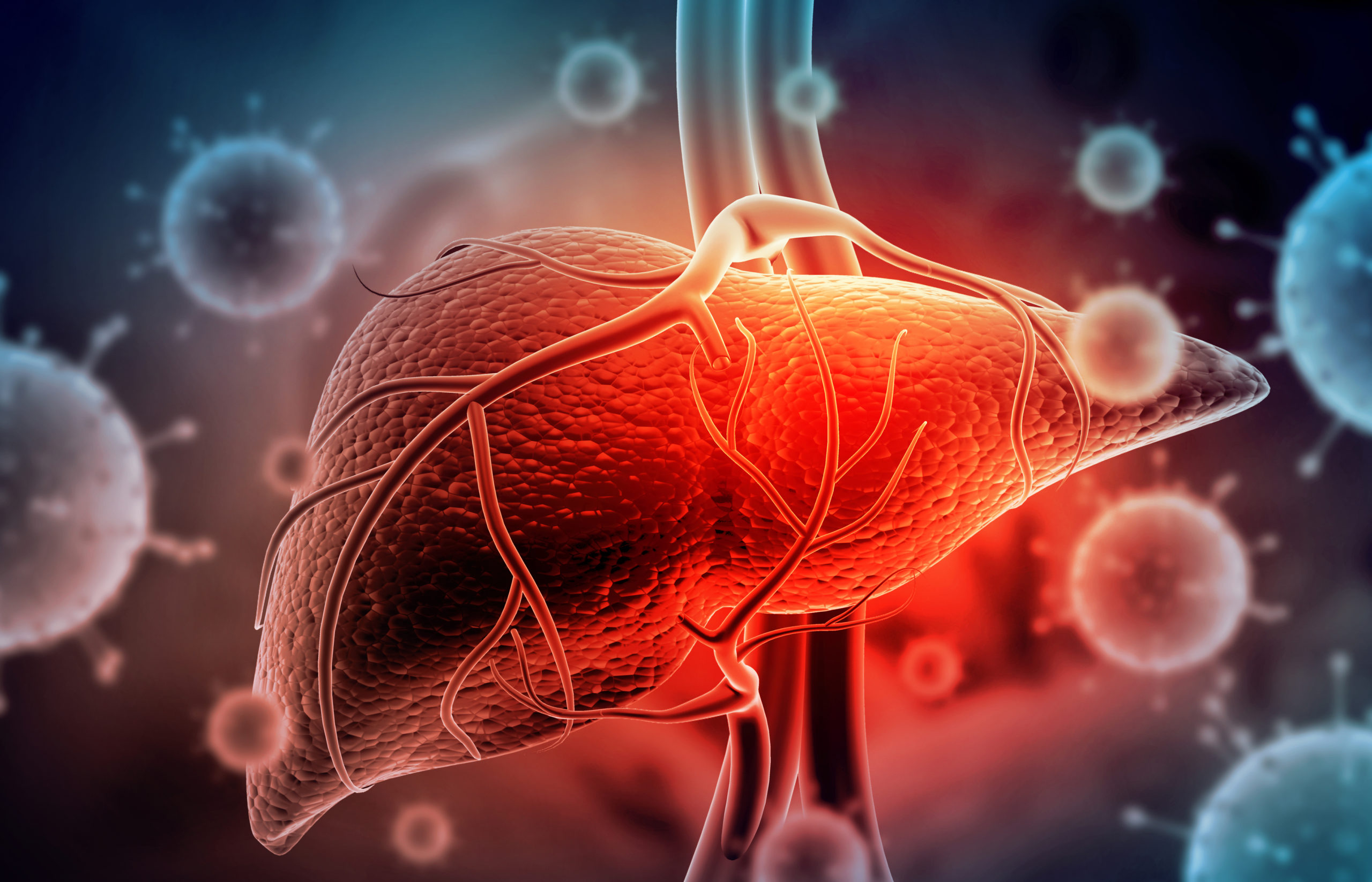Fatty liver is on the rise and few are talking about it. Most people don’t even know if they have fatty liver since it is rarely screened during a regular physical exam and there are no symptoms (until it’s more severe). However, if you have elevated liver enzymes on a blood test and certain risk factors, your doctor may order an ultrasound, which is a simple and non-invasive method for diagnosis. Other methods for diagnosing fatty liver include elastography, CT Scan, MRI, or liver biopsy.
A recent 2022 study concluded that the worldwide prevalence of non-alcoholic fatty liver disease is appreciably higher than what has been estimated previously and is continuing to rise at an alarming rate.”
What is Fatty Liver?
A healthy liver contains a small amount of fat. But when it reaches 5% to 10% of the liver’s weight, it’s a problem. A build-up of fat in the liver is the definition of fatty liver disease. Alcohol-induced fatty liver (AFL) occurs when a person is drinking too much alcohol. But there are many more people with non-alcoholic fatty liver disease (NAFLD), including children, sometimes referred to as steatosis. Recently, international experts proposed the name be changed to metabolic associated fatty liver disease (MAFLD) to more accurately reflect some of the metabolic dysfunction risk factors. Some people can have a combination of both. Whichever type occurs, fatty liver is a health priority. It not only affects the liver’s essential functions but can progress to fibrosis or cirrhosis, which are more serious conditions. The good news is it can be reversed with diet and lifestyle changes.

Who’s at Risk for Fatty Liver?
Take one look at these contributing factors and you’ll understand why fatty liver increased in 2021 just after the pandemic.
- Alcohol consumption
- Overweight or obese (especially belly fat)
- Sugar consumption (especially high-fructose corn syrup)
- High-fat diet or excessive junk food consumption
- Lack of exercise
- Increased blood sugar indicating pre-diabetes or type 2 diabetes
- Metabolic disorders (insulin resistance and polycystic ovarian syndrome)
- Increased cholesterol, especially triglycerides
Since I began seeing so much fatty liver just after the pandemic, I decided to count all the cases I saw in 2021. An alarming 65% of the patients I saw were diagnosed with fatty liver! That’s unbelievable but one 2015 study predicted NAFLD would become the leading cause of liver-related mortality within the next 20 years. Looks like we may be headed in that direction.
The Liver’s Essential Functions
The liver has more than 500 vital functions although most people associate the liver with detoxification. That’s just one critical function. Here are some other essential functions of the liver:
- Regulates metabolism (transforms all the food we eat into energy to build cells and tissues)
- Stores vitamins A, D, E, K, B12, and minerals iron and copper
- Activates vitamin D (important for our immune system)
- Stores and releases iron as needed (protects from iron toxicity) and processes hemoglobin to use its iron
- Creates BILE (a digestive juice), which helps break down fats and carry wastes away (bile helps bind toxins)
- Processes and removes internal & external toxins (a very big job)
- Clears medications from the body
- Makes cholesterol and adjusts as necessary
- Stores carbohydrates (as glycogen) and makes energy
- Helps maintain blood sugar levels
- Produces major internal antioxidants (catalase and glutathione)
- Builds hundreds of proteins (like albumin ), transports proteins to deliver vitamins/minerals, and enzyme proteins, for metabolic reactions
- Produces a large amount of lymph to help regulate the immune system
- It makes immune factors and removes bacteria from the bloodstream
- Converts poisonous ammonia to urea (then excreted in urine)
- Regulates blood clotting
- Produces insulin-like growth factor (IGF-1), which regulates growth, metabolism, and aging
- Makes angiotensinogen, a hormone that maintains blood pressure balance
- Produces hepcidin, a hormone that inhibits the outward flow of iron to the bloodstream (iron can be toxic)
- Regulates the balance of sex, adrenal, and thyroid hormone
And that is just twenty of the liver’s key functions. There are hundreds more! Fatty liver can reduce the ability of the liver to do its job effectively. How many people do you know with hormone imbalances, blood sugar issues, energy or digestive problems, or immune dysfunction? Supporting the liver can transform your health.
How to Support Your Liver
The liver is the only organ capable of regeneration. If you start to support your liver rather than overload it with too much work, fatty liver can be reversed and health can improve – sometimes dramatically. Here are some diet and lifestyle changes to improve liver function:
- Eliminate Alcohol. Consumption of alcohol is the number one substance that damages the liver in our world today. Eliminate alcoholic beverages for a minimum of 90 days.
- Reduce or Eliminate Processed Sugar. Processed sugar and refined carbohydrates (especially any product containing high-fructose corn syrup) are the main foods causing non-alcoholic fatty liver disease. This includes cookies, cakes, pies, ice cream, doughnuts, candy, soda, fruit juices, and sugary coffee drinks.
- Eliminate Damaged Fats. This includes anything fried in vegetable oil and deep-fried foods (french fries, potato chips, tortilla chips, and crackers that are fried). Strictly avoid partially hydrogenated oils as a product ingredient. Healthy fats from whole foods, such as avocado, salmon, and raw nuts, are healthy in moderation.
- Exercise Regularly. Physical activity is a proven therapeutic strategy to improve fatty liver disease. Find activities you enjoy. If you are currently inactive, begin with a 10-15 minute walk, once or twice daily.
- Reduce Exposure to Toxins. As much as possible, reduce exposure to household and environmental toxins. This includes air pollution, cleaning chemicals, plastics, pesticides, weed killers, and cell phone radiation. Use non-toxic products whenever possible. This decreases the workload of the liver.

LEAVE A COMMENT
Comments